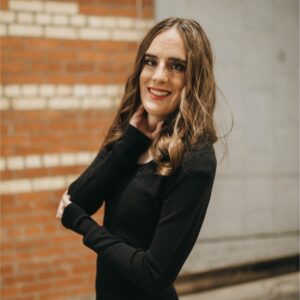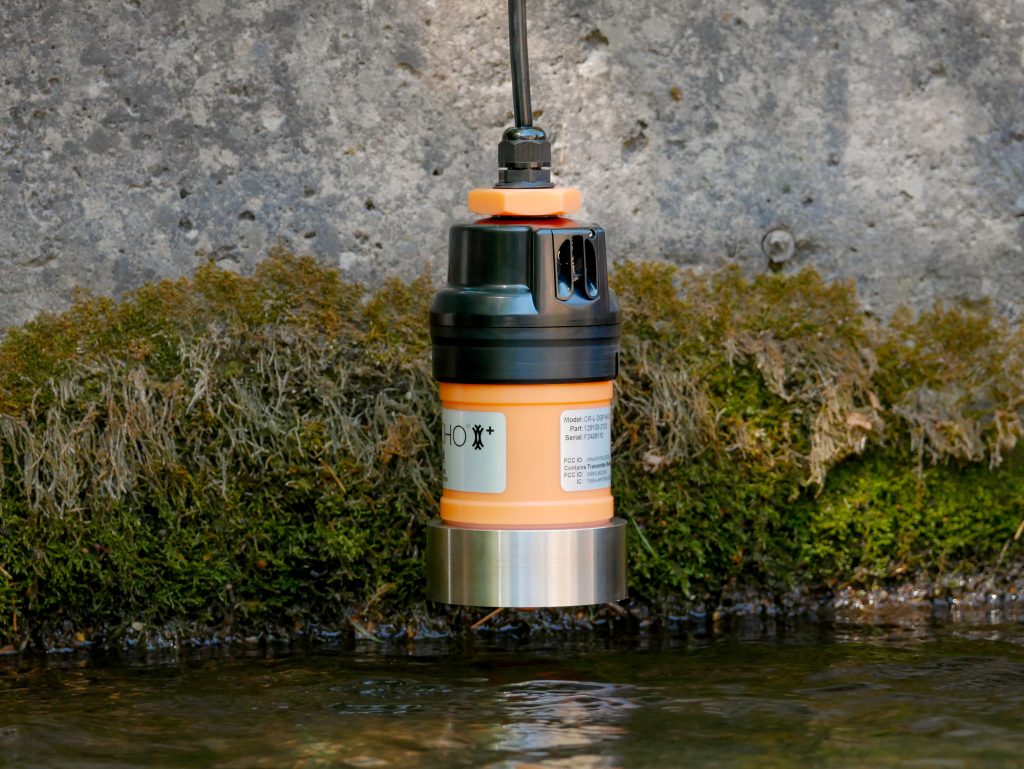In water monitoring applications, there’s always a risk of tank overflow and flooding. This is where redundant level monitoring comes into play. At Automation Products Group, Inc. (APG), we’re experts in industrial sensors, and we understand the importance of having a backup when it matters most. Here are the basics of redundant level monitoring, why it’s so important, and how our products can help.
What is Redundant Level Monitoring?
Redundant level monitoring involves using two sensors in the same application to ensure continuous, accurate measurements, especially during failure events. The redundancy comes into play when one sensor fails, the second sensor can continue reading without interruption, allowing you to stay on top of monitoring levels and to identify issues before they become serious problems.
Advantages of Redundant Level Monitoring
One advantage of having redundancy in level measurement is that you can place multiple technologies in an application for better results. A submersible pressure transducer can serve as your main sensor in a tank, with a continuous float level transmitter as the backup sensor. By combining different sensors together in one application, you can have greater accuracy. Pressure sensors, ultrasonic level sensors, continuous float level transmitters, and radar level sensors can all be mixed and matched for the best results.
Redundant sensors also reduce the risk of losing critical data. If the first sensor malfunctions or even outright fails, the backup sensor can take over and continue to provide accurate readings.
When selecting redundant sensors, consider several aspects:
- What’s being measured (water, oil, chemicals, and so on)
- The overlap between the two sensors
- If both sensors have similar chemical compatibility
- If both sensors can be placed in the same environment
The two sensors you use must be compatible with each other. If they can’t work together, then it defeats the purpose of a redundancy sensor.
Two Technologies in One Product
At APG, we’ve developed a new dual sensor that combines two level measurement technologies into one device. With the TRUE ECHO® Plus, you can enjoy the benefits of radar level technology and a durable pressure sensor. This unique product is perfect for flood-prone areas, specially designed to be self-draining to reduce maintenance after a flood. The main body of the TRUE ECHO Plus holds a radar level sensor, while a pressure sensor is inside the housing. Redundancy has never been easier with these two sensors combined.
For example, the TRUE ECHO Plus can be used inside a manhole of a water main in an area prone to flooding. The radar level sensor will detect the water from a distance. As the water level rises and the sensor becomes submerged, the pressure sensor inside the TRUE ECHO Plus will automatically take over.
Using the criteria from above, here’s how the TRUE ECHO Plus meets them:
- What’s being measured (water, oil, chemicals, and so on): The TRUE ECHO Plus performs well in water-based applications.
- The overlap between the two sensors: Between the radar’s measurement and when the pressure sensor measures is a gap of around 13 inches.
- If both sensors have similar chemical compatibility: Since the pressure sensor is built into the body of the radar level sensor, they share similar chemical compatibility.
- If both sensors can be placed in the same environment: Yes, both sensors of the TRUE ECHO Plus can be placed in the same environment.
Redundant level monitoring can be a useful tool for your measurement needs. If you’d like to learn more about how APG’s sensors are used in this application, or if you’d like to learn more about the TRUE ECHO Plus, feel free to reach out to our product experts at APG. We’re here to help you find the right solution for your application.
WRITTEN BY

Sami T.
Sami Thompson is APG’s Marketing Technical Writer and has been with the company since 2022. With a master’s degree in English from Utah State University and a 40-page thesis publication under her belt, Sami has a demonstrated strong writing background. In her free time, Sami enjoys reading and birdwatching.
COLLABORATING AUTHOR
Daniel B.
Daniel Bardwell is a Senior Mechanical Engineer at APG. He graduated Utah State University with a bachelor’s degree in Mechanical Engineering. Having been in sensors and sensing technologies for over 20 years, he has extensive experience with process measurement, especially in hazardous locations. Daniel enjoys watching movies and spending time with his family in his free time.


